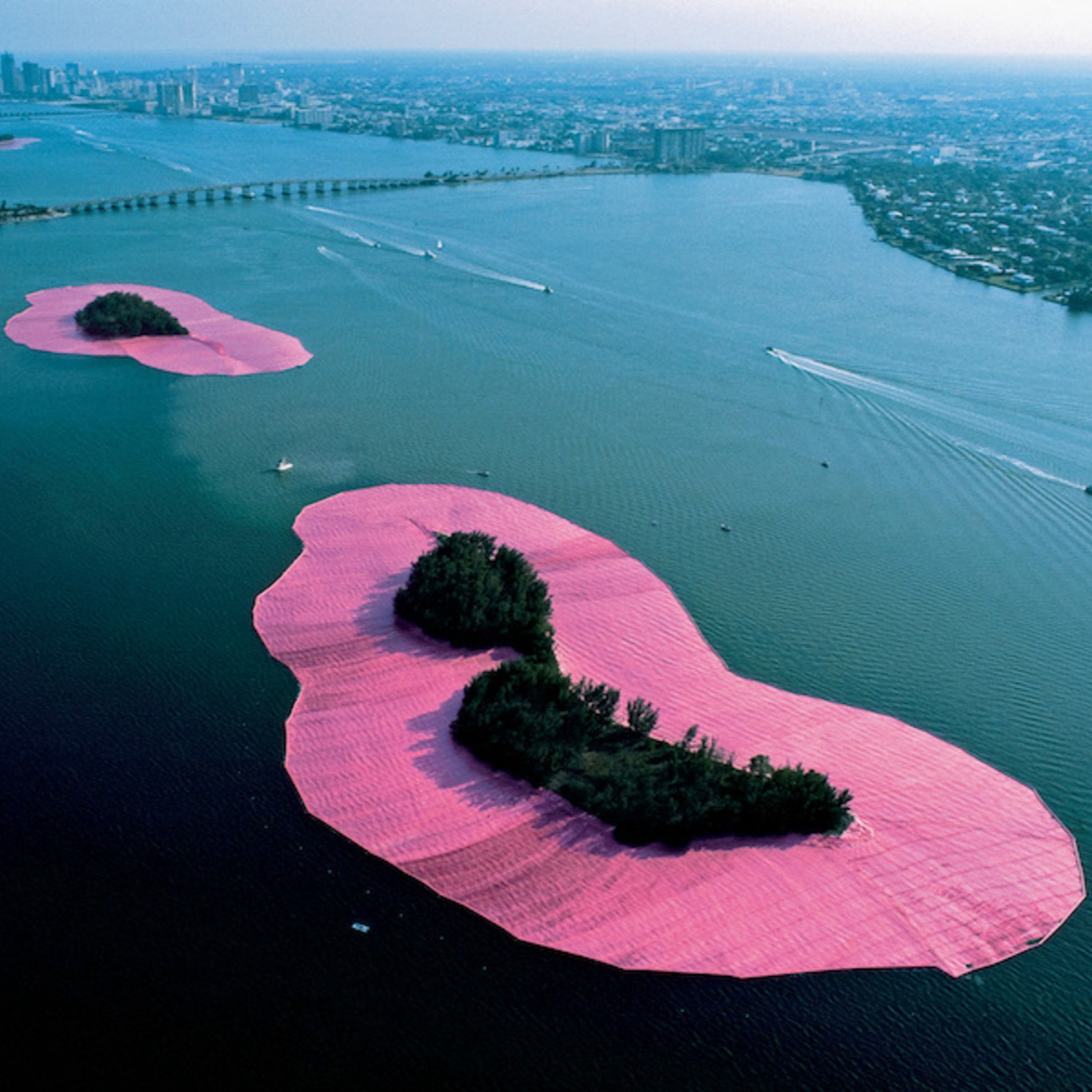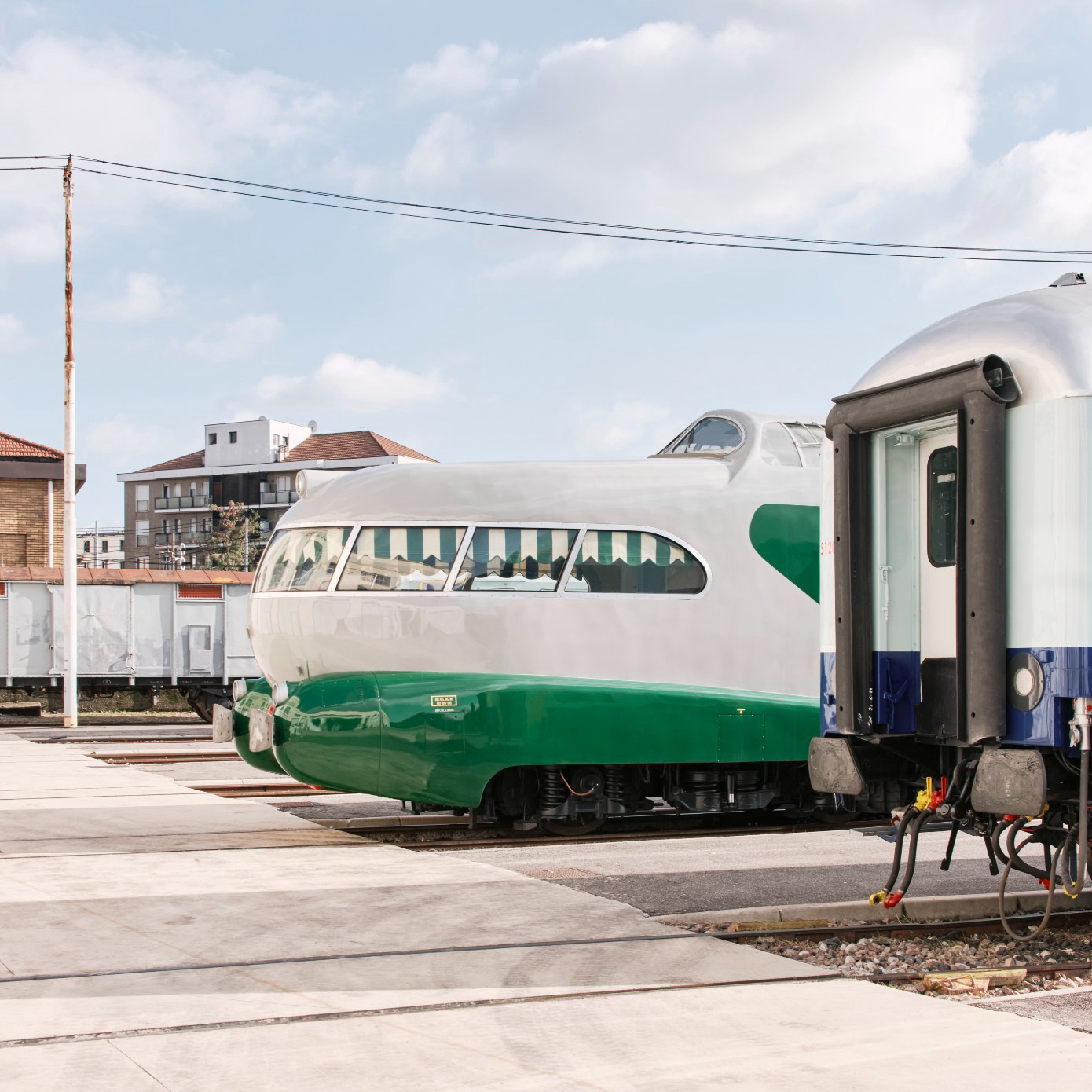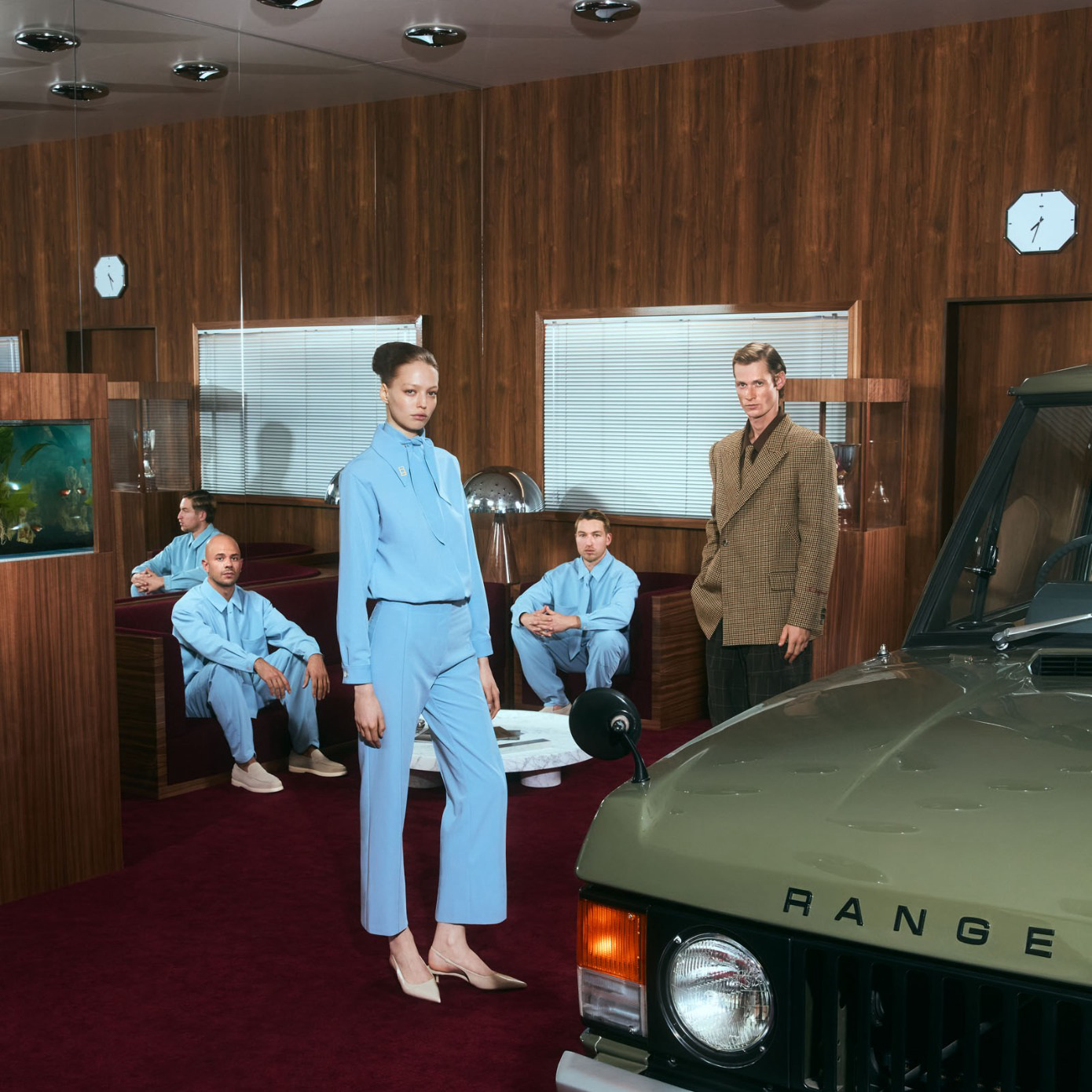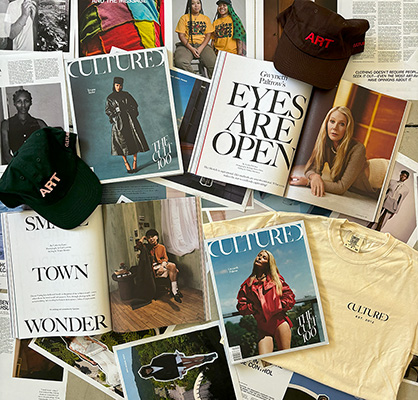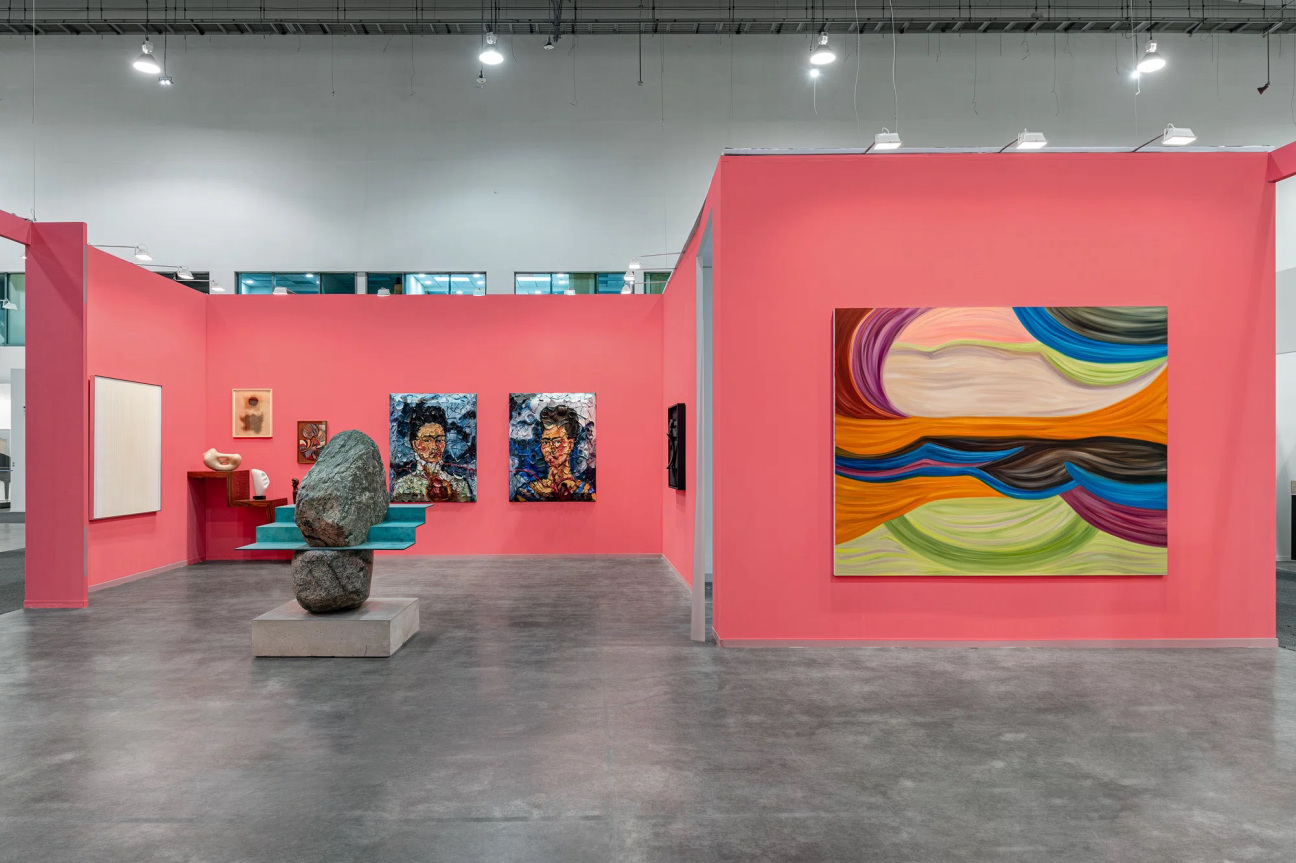
No major fair is as forward-looking and fresh right now as Zona Maco.
Latin America’s leading art fair opened its doors to VIPs from every corner of the globe yesterday. In its 21st year, the event anchors Mexico’s City’s rapidly expanding February art week, representing 29 countries and drawing a wide range of young-to-established collectors, alongside satellite fairs Material and Salon Acme. With 125 galleries selected by an international committee—including Lauren Kelly from New York’s Sean Kelly gallery and Teófilo Cohen from CDMX's Proyectos Monclova—for this edition, organizers hit the sweet spot. The fair is tightly curated with a slew of unexpected Mexican and Latin American artists for even the most seasoned American buyer or museum acquisition group (by comparison, Art Basel Miami Beach had 286 galleries in December).
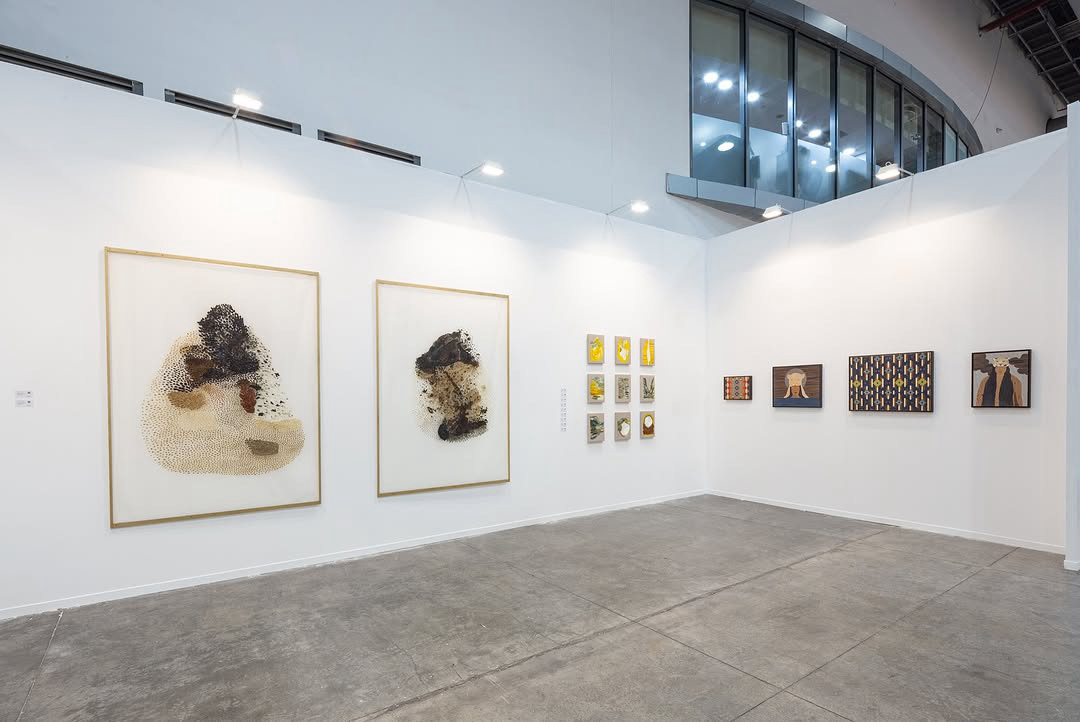
“People come to this fair to see different art from Latin America,” says Luis Maluf of the eponymous São Paulo gallery, showing for the second time at Zona Maco this year. “There are new collectors from around the world, and we have more space than at other fairs to show our Latin American artists.” He highlights one of the Brazilian artists in his booth, Bu’ú Kennedy, who belongs to the Ye’pamahsa people, known as Tukamos. “Bu’ú is a shaman and ‘Jaguar healer.’ He is responsible for protecting the tribe. That’s why we are bringing him to Zona Maco, to spread the word of contemporary Indigenous art.”
“I come to Zona Maco because it’s a place of discovery for me,” says New York art consultant Jessica Chestman of Chestman Art, who advises private clients and places significant contemporary artists in homes throughout the United States. “There’s something seductive about Latin America, and I’m increasingly drawn to work by the artists here and their great sense of materiality.” On her radar: color field paintings by Mexico City’s Ana Montiel, Guadalajara-based Jose Dávila who works across mediums, and 88-year old Eduardo Terrazas, who fashions bright wool yarn in the striking, traditional Huichol technique.
This year, worldwide powerhouse Pace gallery embraced Mexico City modernism, coating its Zona Maco booth in Barragán pink and featuring artist-filmmaker Julian Schnabel’s Frida Kahlo plate paintings. Exhibiting for the first time at Zona Maco, Pace sculptor Arlene Shechet—ceramics and outdoor sculpture pioneer recently seen at Storm King Art Center in upstate New York—describes the magnetism of Mexico City. “I love pre-Columbian art works. I love that it’s a city of color,” she shares in the first hours of the fair. “Color is the thing that motivates me the most, and it’s just a glowing, gorgeous place.”
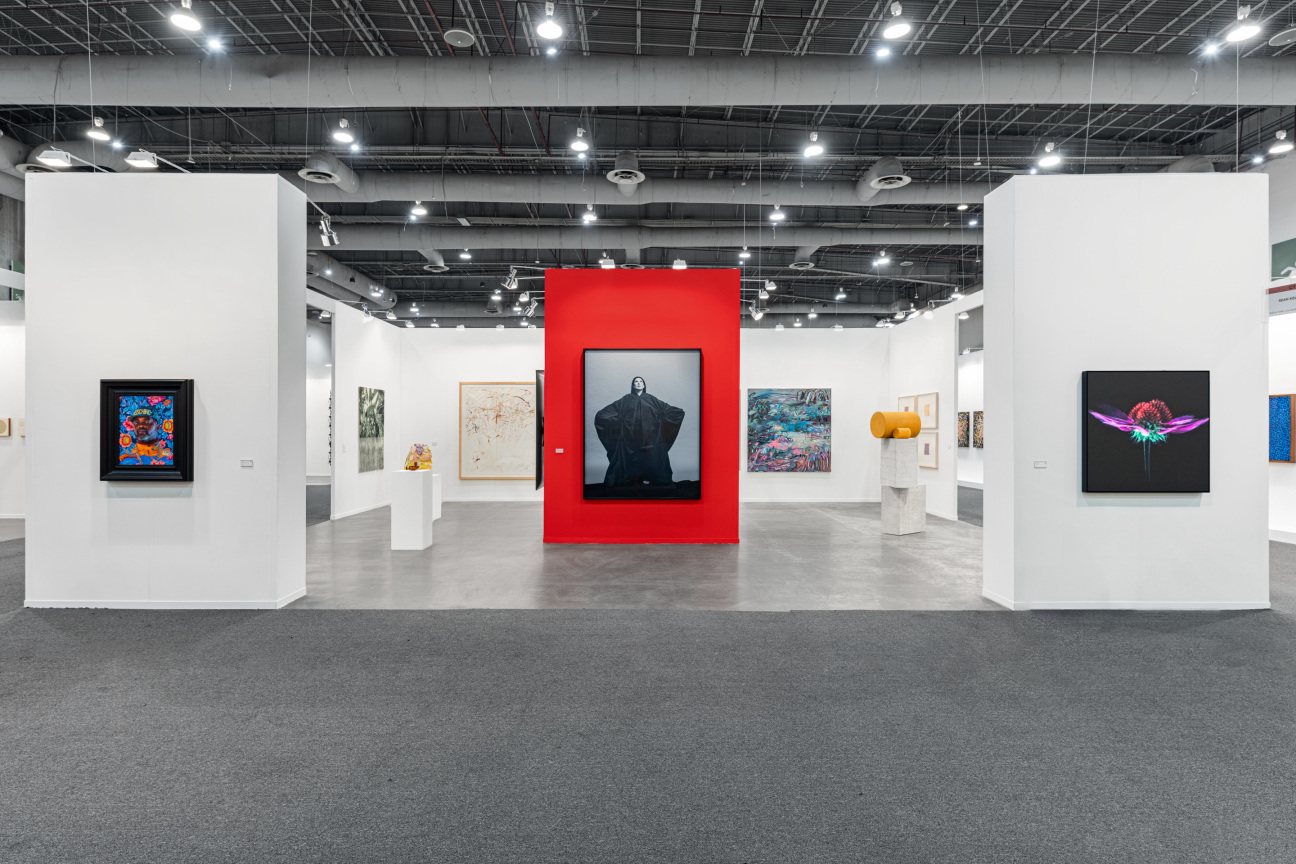
At the same time, geopolitical realities loomed. The VIP preview opened just 24 hours after President Donald Trump paused a 25 percent tariff on all Mexican (and most Canadian) imports for 30 days, pulling back from a potentially damaging trade war with two of America’s neighbors.
“It’s incredibly disappointing the level of discourse that is being conducted with our closest allies,” says Sean Kelly, whose program includes the likes of Marina Abramović, Rebecca Horn, Dawoud Bey, and Candida Höfer. “We have wonderful clients and colleagues here and people we are very close to. You can see the fair is packed. People are coming to Zona because they love Mexico City. They love to look at beautiful things and to be stimulated. I think we are the antidote to this level of discourse. That’s our job, to provide an alternative to it.”
Announced by the administration on Feb. 1, the prospect of tariffs unnerved galleries on both sides of the border. “We didn’t know how it would affect us,” says Julia Villaseñor, director of communications for Kurimanzutto, a Mexico City art destination and New York gallery, founded in the ’90s to support up-and-coming Mexican artists. “But over the last few days, everybody coming to art week and the fair has a feeling of unity and solidarity. People are interested in buying Mexican artists. In the art world, we come together when things become difficult.” As for the future, normal gallery operations will be a learning process, she notes. “We will accommodate whatever comes,” she continues. “We have gone through difficult moments before in the industry, like the pandemic, and we have always prevailed.”
“I think it’s very sad that we have come to this point and I don’t think trade wars and tariffs are the solution,” adds Pablo Goebel, founder of Pablo Goebel Fine Arts in Mexico City, who specializes in classical modern, Mexican school of Surrealism, and Latin American masters. The gallery has shown at Zona Maco for 12 years and been a Mexico City art scene fixture for two decades. “I have the pleasure of dealing with American CEOs, lawyers and business people. They insist on the importance of Mexican workers for the American economy,” he concludes. “It’s very gratifying to know how much they appreciate and feel for Mexico.”

